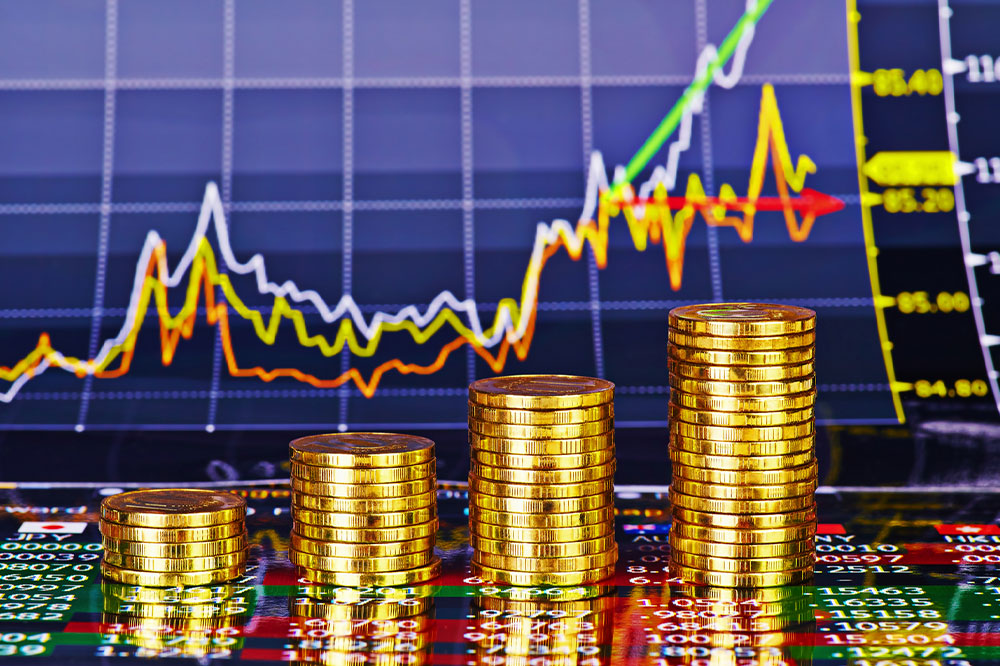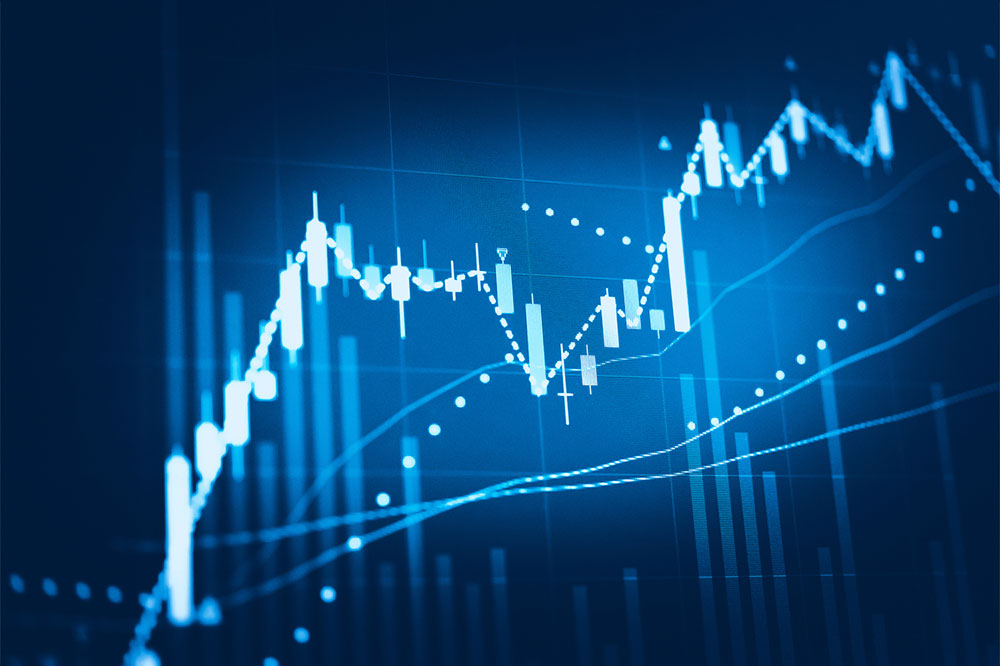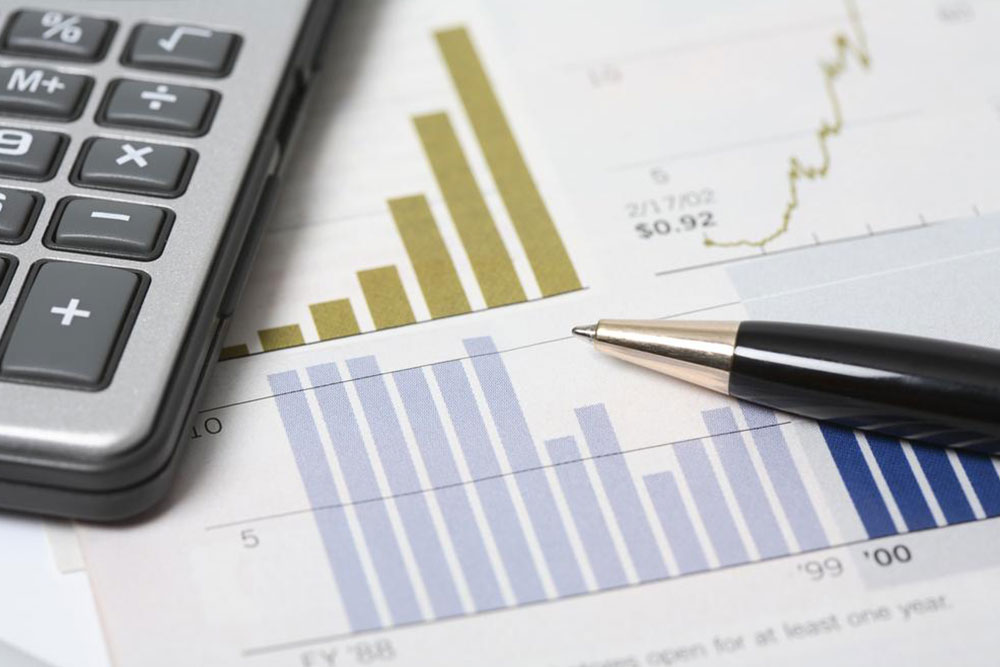Comprehensive Guide to High-Yield Dividend ETFs
This guide provides a detailed overview of high-yield dividend ETFs, including how they work, key factors for investors to consider such as objectives, performance, yields, and costs. Ideal for investors seeking stable income and portfolio diversification, these ETFs offer lower risk with exposure to large-cap stocks. Understanding these elements helps investors make informed decisions aligned with their financial goals.
Sponsored

Understanding High-Yield Dividend ETF Funds
High-yield dividend ETFs invest primarily in stocks known for consistent and substantial dividend payments. These stocks can belong to domestic or international firms spanning various sectors. Typically, such stocks are large-cap blue-chip companies, which tend to carry lower investment risk due to their stability and strong financial history.
How ETFs Function
Exchange-Traded Funds (ETFs) are portfolios comprising multiple stocks, similar to mutual funds, but are traded throughout the day like stocks. They offer broad market exposure and generally involve lower risk since they include large, stable companies. Investing directly in a single stock, like ABC Ltd., involves higher individual risk if its share price drops.
Investors interested in high dividend ETFs should evaluate four key factors:
Fund’s Objective
Different dividend ETFs follow distinct strategies. Some focus on companies with a history of increasing dividends over time, while others target stocks that pay the highest dividends. Usually, the fund’s name indicates its primary aim. It’s crucial for investors to research the fund’s strategy to ensure it aligns with their financial goals.
Historical Performance
Before investing, review the fund’s track record, including earnings and returns over various periods. This information is available on the fund’s official website or through online investment trackers. Comparing three-, five-, and ten-year average returns across different ETFs helps in making an informed choice.
Annual Yield
The fund’s previous dividend payouts are accessible via the issuer’s website or prospectus. Alternatively, investors can calculate the yield by dividing the most recent dividend by the fund’s NAV or share price. Comparing this yield to benchmarks like the S&P 500 provides insight into its competitiveness.
ETF Pricing and Expenses
To determine the ETF’s cost, check its expense ratio, reflecting annual operational costs as a percentage of assets. Lower expense ratios are typical of passively managed funds, while actively managed funds tend to be more expensive. Evaluating these costs helps in assessing overall investment value.
High-dividend ETFs are ideal for conservative investors seeking steady income streams or those aiming to diversify riskier portfolios with regular dividend payments.






